<< Our Photo Pages >> Calleva Atrebatum - Ancient Village or Settlement in England in Hampshire
Submitted by Coldrum on Wednesday, 06 September 2023 Page Views: 26371
Multi-periodSite Name: Calleva Atrebatum Alternative Name: Silchester Roman Walled TownCountry: England County: Hampshire Type: Ancient Village or Settlement
Nearest Town: Silchester
Map Ref: SU638623
Latitude: 51.356200N Longitude: 1.085146W
Condition:
| 5 | Perfect |
| 4 | Almost Perfect |
| 3 | Reasonable but with some damage |
| 2 | Ruined but still recognisable as an ancient site |
| 1 | Pretty much destroyed, possibly visible as crop marks |
| 0 | No data. |
| -1 | Completely destroyed |
| 5 | Superb |
| 4 | Good |
| 3 | Ordinary |
| 2 | Not Good |
| 1 | Awful |
| 0 | No data. |
| 5 | Can be driven to, probably with disabled access |
| 4 | Short walk on a footpath |
| 3 | Requiring a bit more of a walk |
| 2 | A long walk |
| 1 | In the middle of nowhere, a nightmare to find |
| 0 | No data. |
| 5 | co-ordinates taken by GPS or official recorded co-ordinates |
| 4 | co-ordinates scaled from a detailed map |
| 3 | co-ordinates scaled from a bad map |
| 2 | co-ordinates of the nearest village |
| 1 | co-ordinates of the nearest town |
| 0 | no data |
Internal Links:
External Links:
I have visited· I would like to visit
PAB would like to visit
SolarMegalith visited on 6th Aug 2010 - their rating: Cond: 3 Amb: 3 Access: 5
graemefield visited on 1st Aug 2010 - their rating: Cond: 2 Amb: 5 Access: 4
custer visited - their rating: Cond: 2 Amb: 4 Access: 4 Small amphi theatre on other side of road great place for a picnic. Walls still clearly visible.
Andy B davidmorgan myf have visited here
Average ratings for this site from all visit loggers: Condition: 2.33 Ambience: 4 Access: 4.33
The evidence suggests Silchester never regained its wealth and power after the Roman invasion, and may have been burned to the ground and rebuilt in the Boudiccan rebellion of 60AD.
Roman Britain web site
Note: Historic Walking Tours at Silchester Roman City Walls, Saturday 9th Sept 2023
You may be viewing yesterday's version of this page. To see the most up to date information please register for a free account.
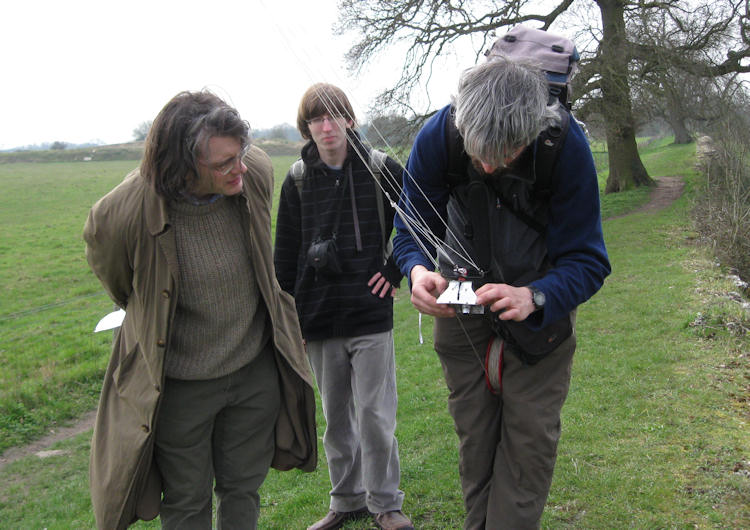
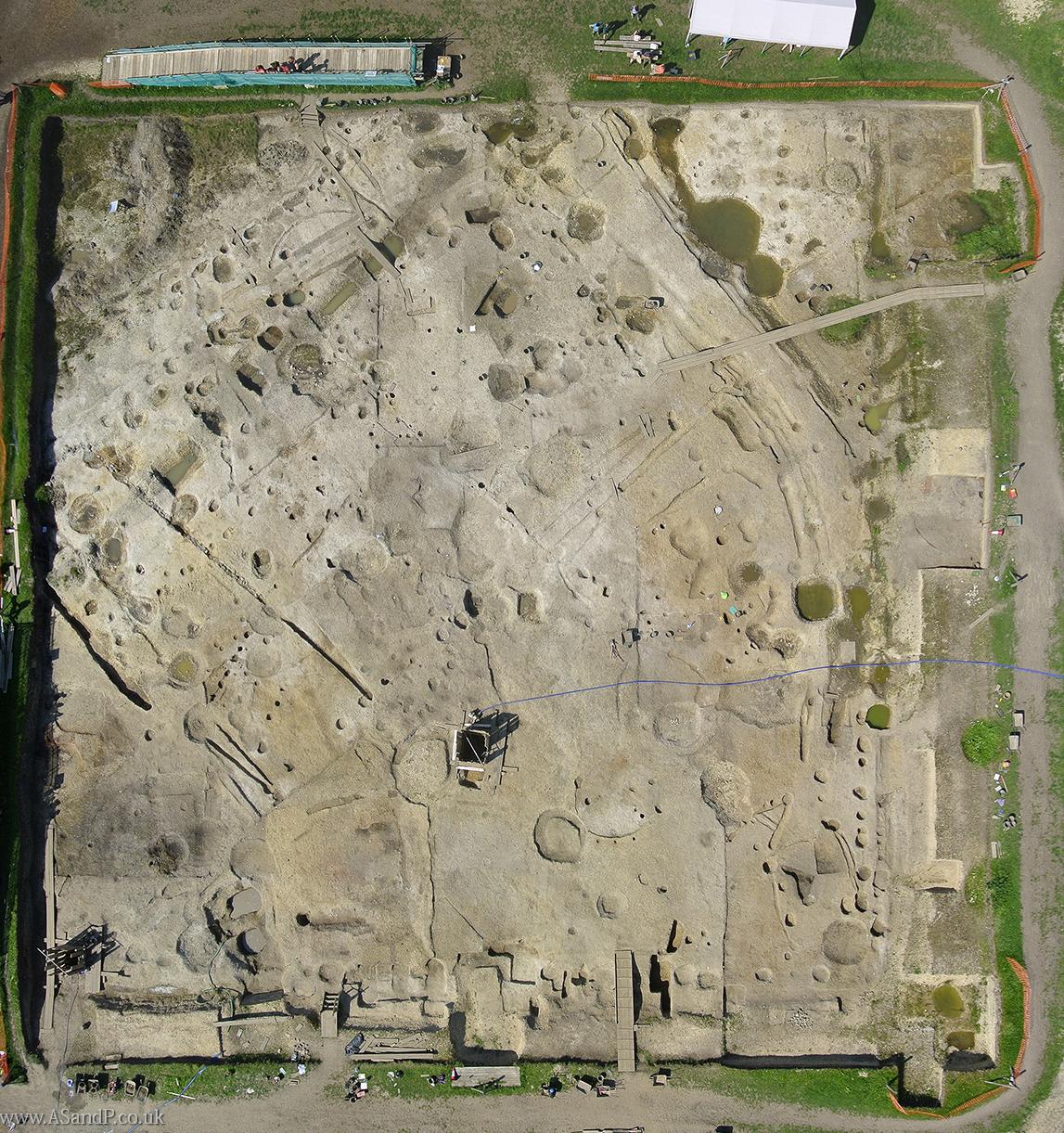
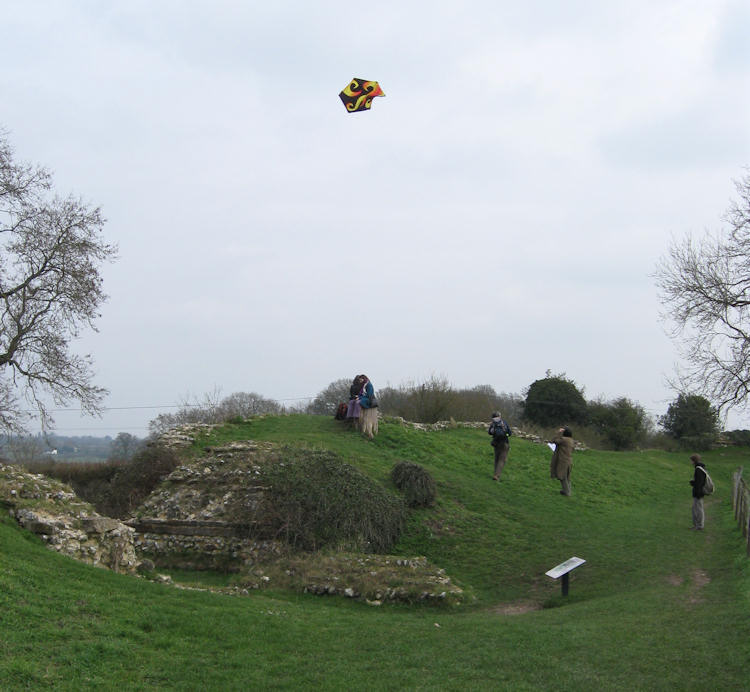
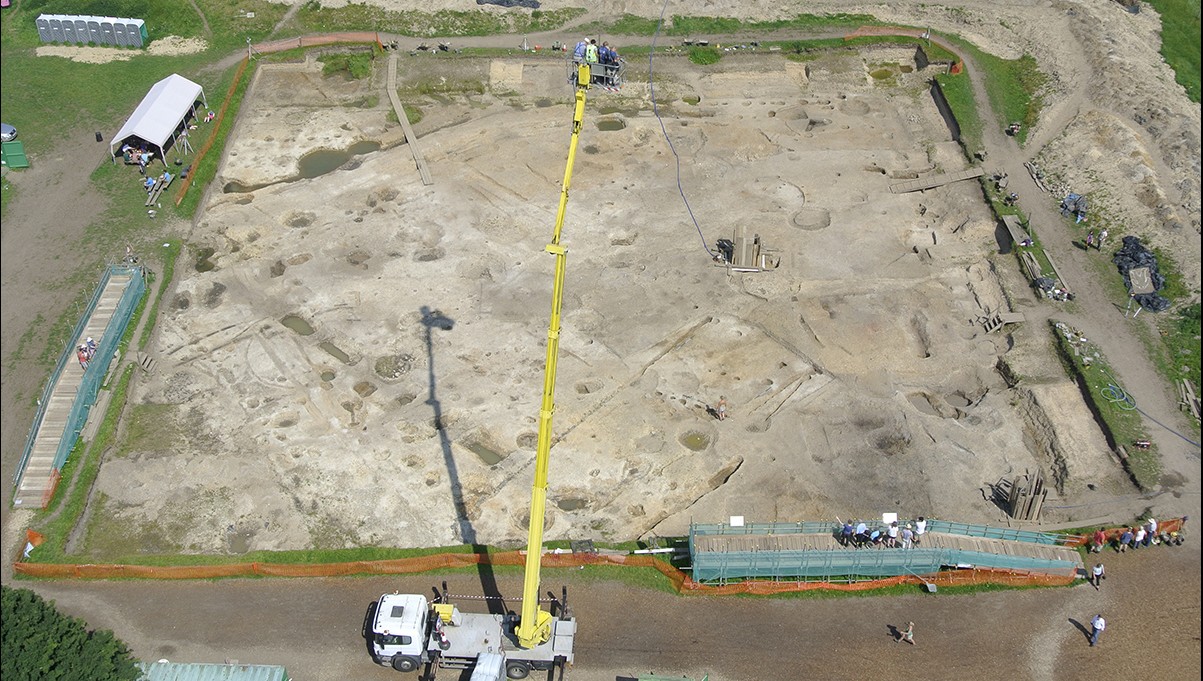
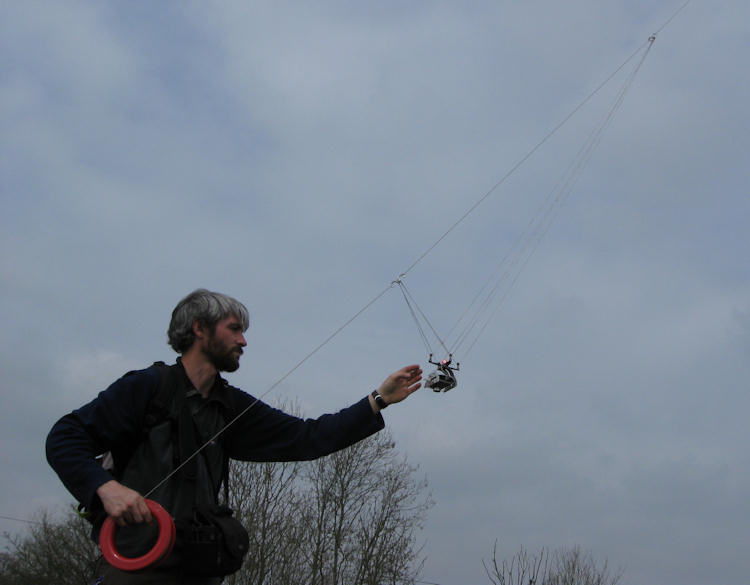

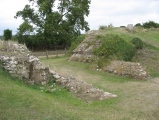

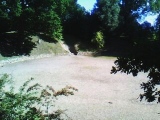
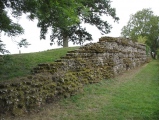
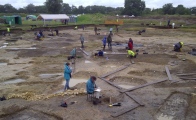
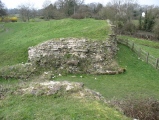

Do not use the above information on other web sites or publications without permission of the contributor.
Click here to see more info for this site
Nearby sites
Key: Red: member's photo, Blue: 3rd party photo, Yellow: other image, Green: no photo - please go there and take one, Grey: site destroyed
Download sites to:
KML (Google Earth)
GPX (GPS waypoints)
CSV (Garmin/Navman)
CSV (Excel)
To unlock full downloads you need to sign up as a Contributory Member. Otherwise downloads are limited to 50 sites.
Turn off the page maps and other distractions
Nearby sites listing. In the following links * = Image available
1.4km NW 306° The Frith (Hampshire)* Hillfort (SU62686308)
1.9km WNW 289° Aldermaston Enclosure* Misc. Earthwork (SU6197062917)
2.8km NNE 12° Holden's Firs* Barrow Cemetery (SU64366506)
4.0km NNW 347° Raven Hill* Promontory Fort / Cliff Castle (SU62876615)
4.3km N 358° Ufton Nervet Bell Barrow* Round Barrow(s) (SU6356266625)
5.1km SE 141° Bullsdown Camp* Hillfort (SU67085838)
6.0km W 274° Borson Barrows* Barrow Cemetery (SU57756265)
6.8km SW 227° Ramsdell Modern Stone Circle* Modern Stone Circle etc (SU5891457590)
7.0km NNW 346° Ufton Nervet Cursus Cursus (SU620691)
7.5km NNW 345° Ufton Nervet Cursus Cursus (SU618695)
7.8km N 10° Burghfield Cursus Cursus (SU65137000)
8.1km N 352° Englefield Cursus (SU626703)
9.0km N 353° Englefield Cursus (SU626712)
9.8km SSW 195° Winklebury Camp (Hampshire)* Hillfort (SU613528)
10.1km NE 41° Reading Cursus* Cursus (SU70307005)
10.2km NNE 33° Anslow's Cottages Trackway Ancient Trackway (SU6923470984)
10.9km NNW 341° St. Andrew's Well* Holy Well or Sacred Spring (SU602726)
11.5km WSW 243° Cottington's Hill Bowl Barrow* Round Barrow(s) (SU53615695)
11.5km SSE 153° Mapledurwell Bowl Barrow* Round Barrow(s) (SU691521)
12.0km S 173° Hackwood Park Barrows* Round Barrow(s) (SU6543050410)
12.1km SSW 194° Basingstoke Cursus Cursus (SU611505)
12.5km WSW 244° Bowry Walls* Hillfort (SU52605676)
12.5km E 99° Cudbury Clump Barrow* Round Barrow(s) (SU76216058)
12.9km WNW 298° Dunston Park Ancient Village or Settlement (SU523681)
13.4km WNW 304° Ramsbury Corner* Hillfort (SU525696)
View more nearby sites and additional images



 We would like to know more about this location. Please feel free to add a brief description and any relevant information in your own language.
We would like to know more about this location. Please feel free to add a brief description and any relevant information in your own language. Wir möchten mehr über diese Stätte erfahren. Bitte zögern Sie nicht, eine kurze Beschreibung und relevante Informationen in Deutsch hinzuzufügen.
Wir möchten mehr über diese Stätte erfahren. Bitte zögern Sie nicht, eine kurze Beschreibung und relevante Informationen in Deutsch hinzuzufügen. Nous aimerions en savoir encore un peu sur les lieux. S'il vous plaît n'hesitez pas à ajouter une courte description et tous les renseignements pertinents dans votre propre langue.
Nous aimerions en savoir encore un peu sur les lieux. S'il vous plaît n'hesitez pas à ajouter une courte description et tous les renseignements pertinents dans votre propre langue. Quisieramos informarnos un poco más de las lugares. No dude en añadir una breve descripción y otros datos relevantes en su propio idioma.
Quisieramos informarnos un poco más de las lugares. No dude en añadir una breve descripción y otros datos relevantes en su propio idioma.